PHOTO GALLERY: https://spaceflightnow.com/2020/01/08/photos-first-sls-core-…s-factory/
Category: space travel – Page 365
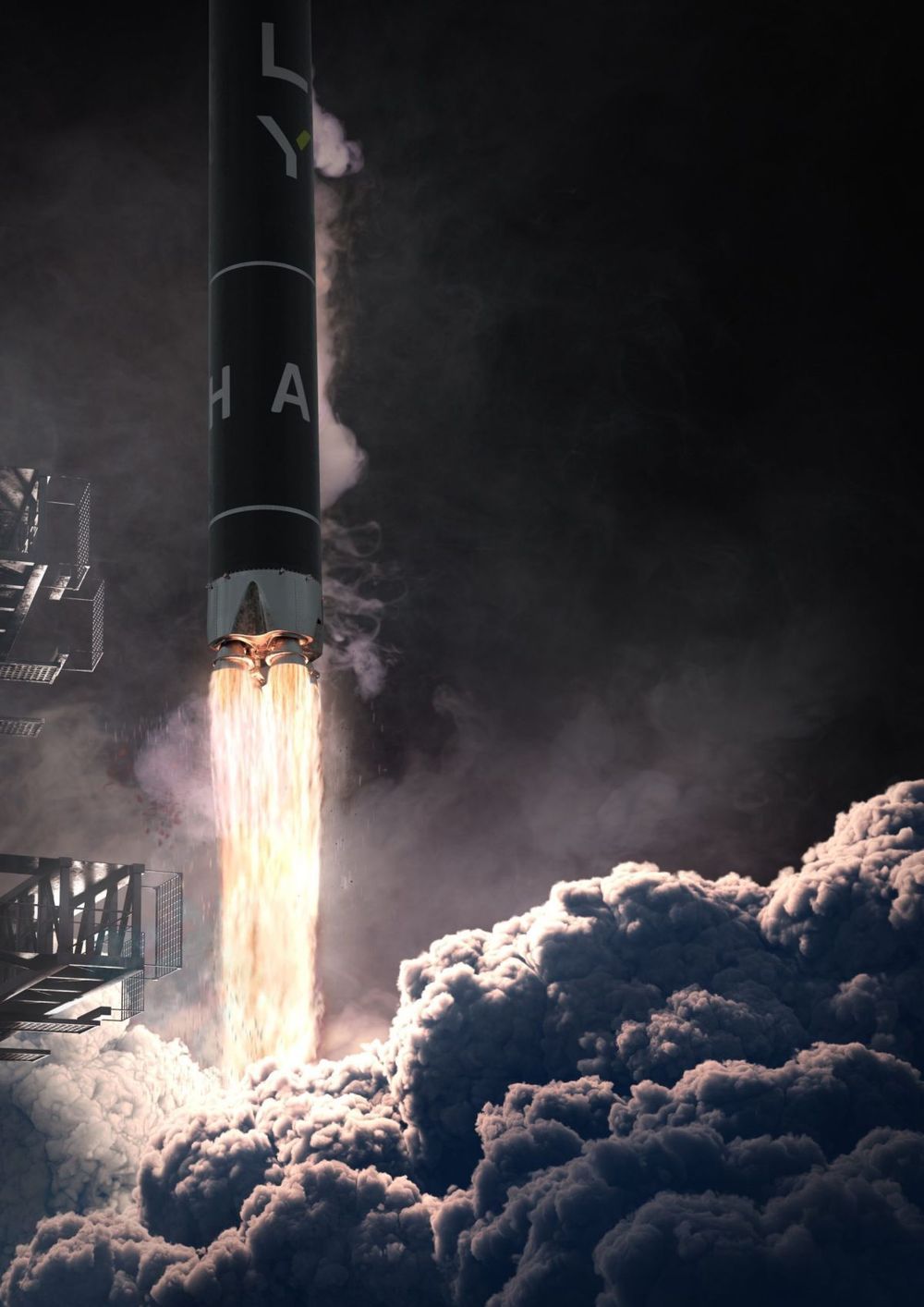
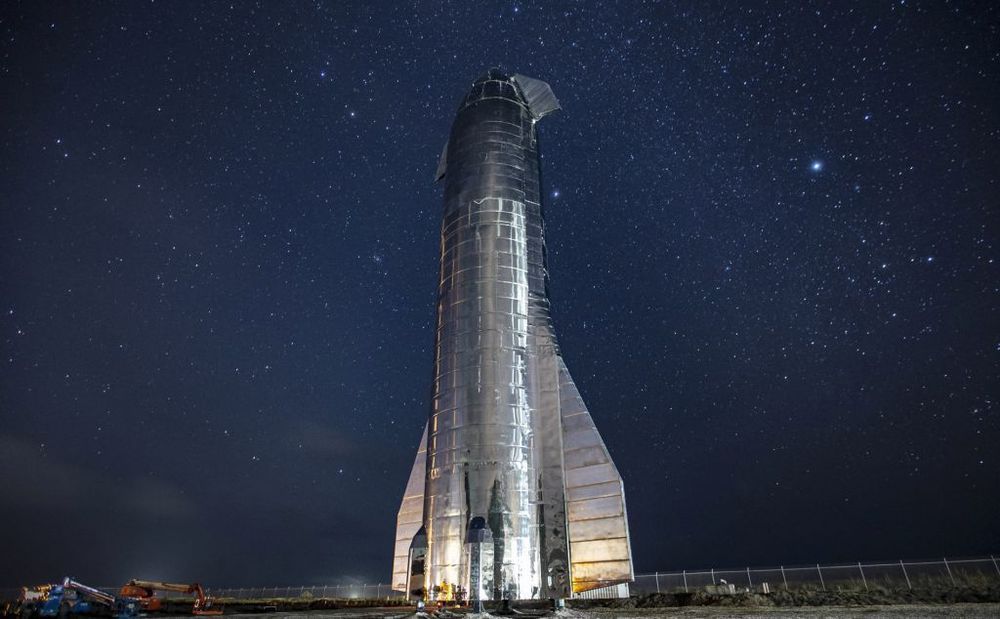
NASA — National Aeronautics and Space Administration’s Artemis program will send the first woman and the next man to the Moon
Using the Moon as a proving ground for living on Mars, this next chapter in exploration will forever establish our presence in the stars.
How we’re going http://go.nasa.gov/35Y6KFj
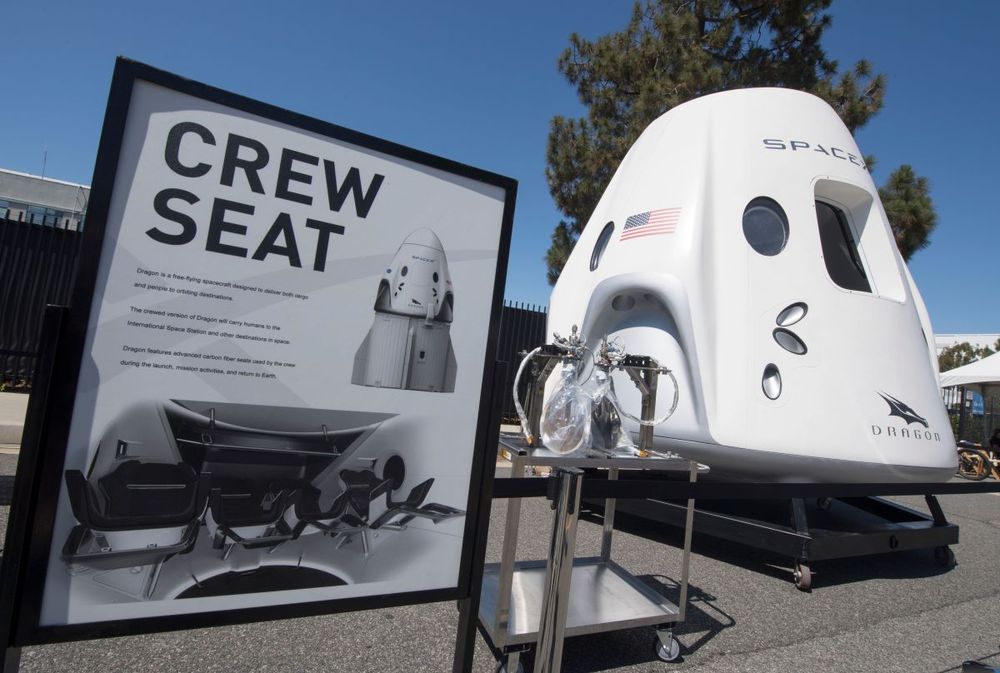
SpaceX’s Upcoming Crewed NASA Mission Will Feature a Tesla Car: Video
Elon Musk’s rocket company SpaceX is kicking off the new year with an ultra busy month of tests and missions, including a major test for the company’s first crewed mission to fly NASA astronauts to and back from the International Space Station (ISS).
To drum up hype ahead of the big day, Musk posted a simulated video on Monday showing how the eventual manned launch will look.
SEE ALSO: Why Nobel Prize-Winning Scientists Universally Oppose Moving to Mars.
Elon Musk Shares Awe-Inspiring Animation of What SpaceX Is About to Achieve Next
Elon Musk founded SpaceX in 2002 with the goal of populating outer space. But in the nearly 18 years since – and even as the rocket company continues to disrupt the global launch industry – the most complex life-form SpaceX has flown is a mouse.
That should all change in early 2020, though, as SpaceX prepares to launch its first crewed mission aboard its new capsule-like spaceship, called Crew Dragon.
The NASA astronauts and spaceflight veterans Bob Behnken and Doug Hurley are set to board the Crew Dragon, rocket into orbit 250 miles above Earth, and dock with the football-field-size International Space Station.
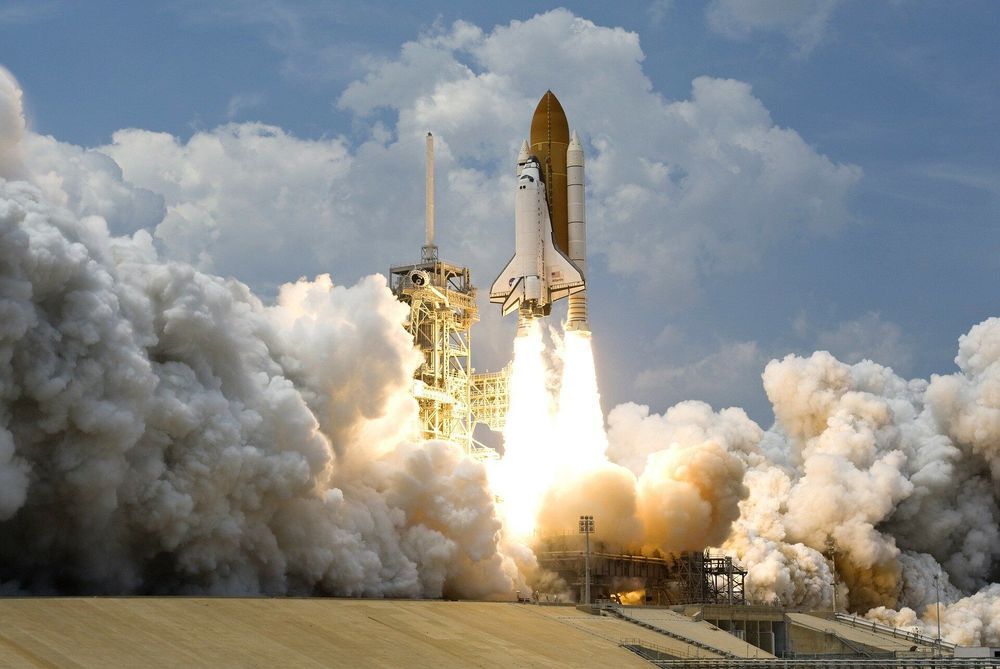
Physicists create highly efficient rocket fuel
Scientists at the Faculty of Physics and Engineering, working with the Tomsk company Scientific and Production Center Chemical Technologies, have created and tested an improved model of a hybrid rocket engine. The team synthesized new fuel components that increased its calorie content, and therefore its efficiency.
The development emerged from a project to improve the design of a solid–fuel hybrid rocket engine and the fuel used in such engines. The scientists mathematically modeled an optimized engine and made fuel compositions based on aluminum diboride and dodecaboride. This is one of the most promising areas increasing fuel efficiency.
Rocket fuel with the addition of the components proposed by TSU specialists is distinguished by the highest calorific value, which characterizes fuel efficiency. Alexander Zhukov, professor at the Department of Mathematical Physics says that boron is the highest-energy solid component known today, but directly introducing it into the fuel is inefficient because a dense oxide film forms, leading to a high degree of burning out. But in combination with aluminum, boron burns well and increases energy.

Aquajet: the space thruster that runs on water
We are creating a unified UKRI website that brings together the existing research council, Innovate UK and Research England websites. If you would like to be involved in its development let us know.
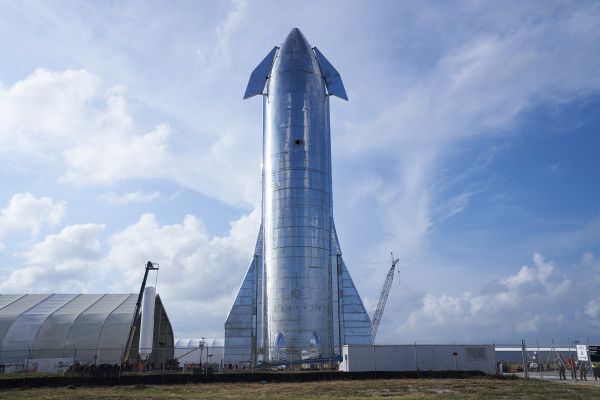
Elon Musk details SpaceX progress on latest Starship spacecraft build and flight timelines
The holidays might be a time of slowed activity for most companies in the tech sector, but for SpaceX, it was a time to ramp production efforts on the latest Starship prototype — “Starship SN1” as it’s called, according to SpaceX CEO Elon Musk. This flight design prototype of Starship is under construction at SpaceX’s Boca Chica, Texas development facility, and Musk was in attendance over the weekend overseeing its build and assembly.
Musk shared video of the SpaceX team working on producing the curved dome that will sit atop the completed Starship SN1 (likely stands for “serial number 1,” a move to a more iterative naming system and away from the “Mark” nomenclature used for the original prototype), a part he called “the most difficult” in terms of the main components of the new spacecraft. He added that each new SN version of the rocket SpaceX builds will have minor improvements “at least” through the first 20 or so versions, so it’s clear they expect to iterate and test these quickly.
As for when it might actually fly, Musk said that he hopes this Starship will take off sometime around “2 to 3 months” from now, which is still within range of the projections for a first Starship high-altitude test flight given by the CEO earlier this year at the unveiling of the Starship Mk1 prototype. That prototype was originally positioned as the one that would fly for the high-altitude test, but it blew its top during testing in November and Musk said they’d be moving on to a new design rather than repair or rebuild the Mk1.
Physicist Proposes Radical New ‘Stellar Engine’ That Could Move Our Entire Solar System
The stellar engine – a gigantic contraption built with the purpose of transporting our Solar System somewhere else, if we ever need to move to a different cosmic neighbourhood. Now, new research has put forward another idea for what such a radical stellar engine might look like. Via this beautiful video from Kurzgesagt, Caplan Thruster, would use the Sun’s own energy to propel it across the galaxy and beyond.
As far as hypothetical space megastructures go, the stellar engine is one of our favourites – a gigantic contraption built with the purpose of transporting our Solar System somewhere else, if we ever need to move to a different cosmic neighbourhood.
Now, new research has put forward another idea for what such a radical stellar engine might look like.
Via this beautiful video from Kurzgesagt, you can learn all about the so-called Caplan Thruster, which would use the Sun’s own energy to propel it across the galaxy and beyond. It’s named after the scientist who came up with the design, astrophysicist Matthew Caplan from Illinois State University.